What is not sewn from satin! Women's underwear, dresses, curtains for windows, draperies for interiors, bed linen of amazing colors. The scope of its application is quite wide. But what is satin?
- History of appearance
- Material composition, properties
- Manufacturing technology
- Varieties by density
- Classification by fiber origin
- Classification by coloring method
- Care of products
- Caring for satin bed linen
- How to choose bed linen
- Silk satin
- Printed satin
- Crepe satin
- Advantages and disadvantages of bed linen
- Comparison with other bed linen fabrics
- Calico
- Percale
- Ranforce
- Reviews
History of appearance
The material satin owes its appearance to the Chinese. It was from distant China that Arab merchants began to export a specially woven material, made at that time from expensive silk, from the 12th century. It is the technology of weaving threads that is called "satin". The surface was distinguished by a special gloss. It was incredibly expensive. Festive ceremonial clothes were sewn from it. The price was so high that only very wealthy people could afford such luxury.
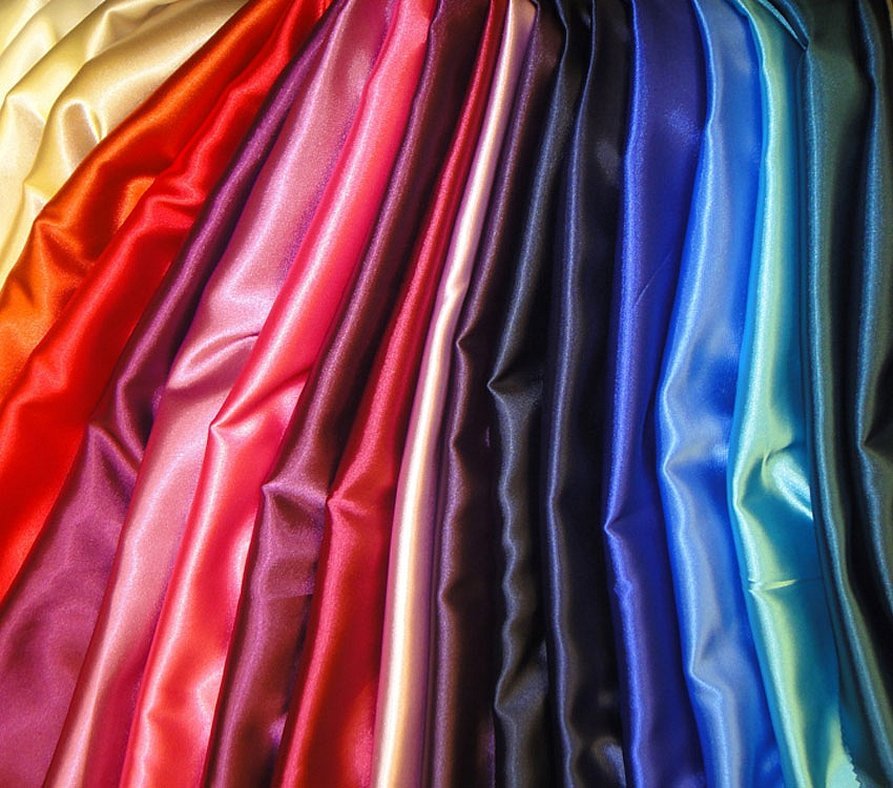
In the middle of the 19th century, Europeans began producing the material using a new technology, using cotton threads. The new products became available to the middle class. They use it to sew festive dresses, women's underwear. The most popular direction is bedding sets. What else can be sewn from satin - home textiles, tablecloths, curtains, draperies and much more.

Material composition, properties
Initially, the material was made of silk, but since the development of the subsequently patented satin technology, the composition of the fabric has changed and it began to be made from cotton fiber. The threads can be natural, without the addition of synthetics, as well as using synthetic materials.
The properties of the fabric are determined by its qualitative composition. Therefore, when typing the following query in a search engine: "satin what kind of fabric is this", you can get many links to different types of material, and all of them will be satin.
Properties and characteristics of satin:
- durability - the fabric successfully withstands up to 200 washes without losing its silkiness and shine, and without the appearance of pellets;
- hypoallergenic;
- air permeability - the fabric has “breathing” properties;
- hygroscopicity - the fabric absorbs moisture from the surface of the body;
- thermal conductivity - the matter maintains the body temperature;
- wrinkle resistance - due to the special weaving of the threads, the fabric does not crease;
- drapeability - holds shape well;
- does not electrify and does not slip;
- softness, silkiness;
- elegant shine.
Important! Properties such as hypoallergenicity, breathability and hygroscopicity are characteristic only of natural fabric, without the addition of synthetic fibers.
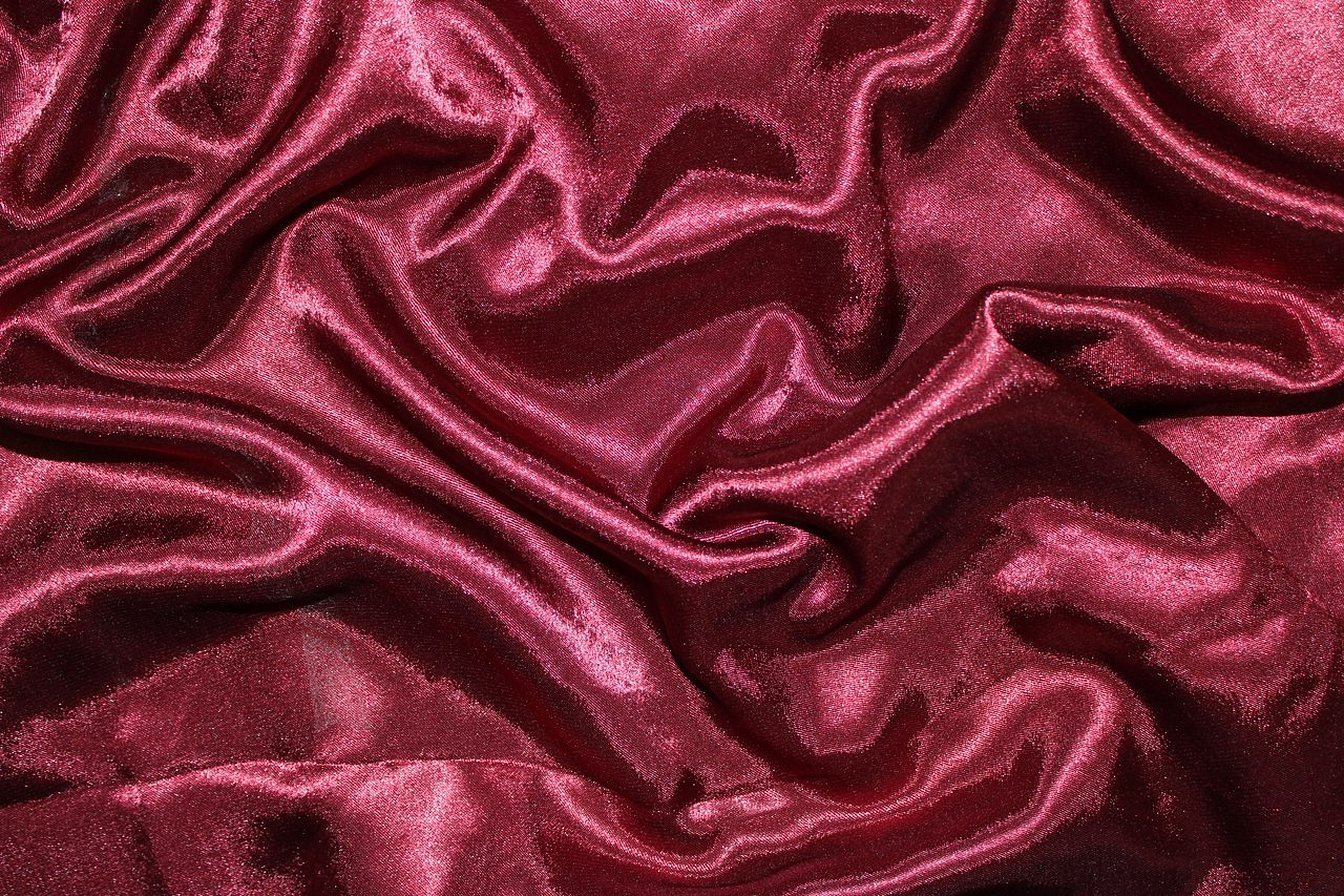
Manufacturing technology
To make satin fabric, two types of high-quality cotton threads are used. One of them, denser, is used for the base of the fabric, and the other, thin and twisted, is used to form the front side. The fabric gets its famous shine thanks to the twisted thread. The back side remains matte.
Important! Satin weaving has its own peculiarity: the twisted thread is woven into the purl through three rows into the fourth. The mercerization process gives satin a more pronounced shine.
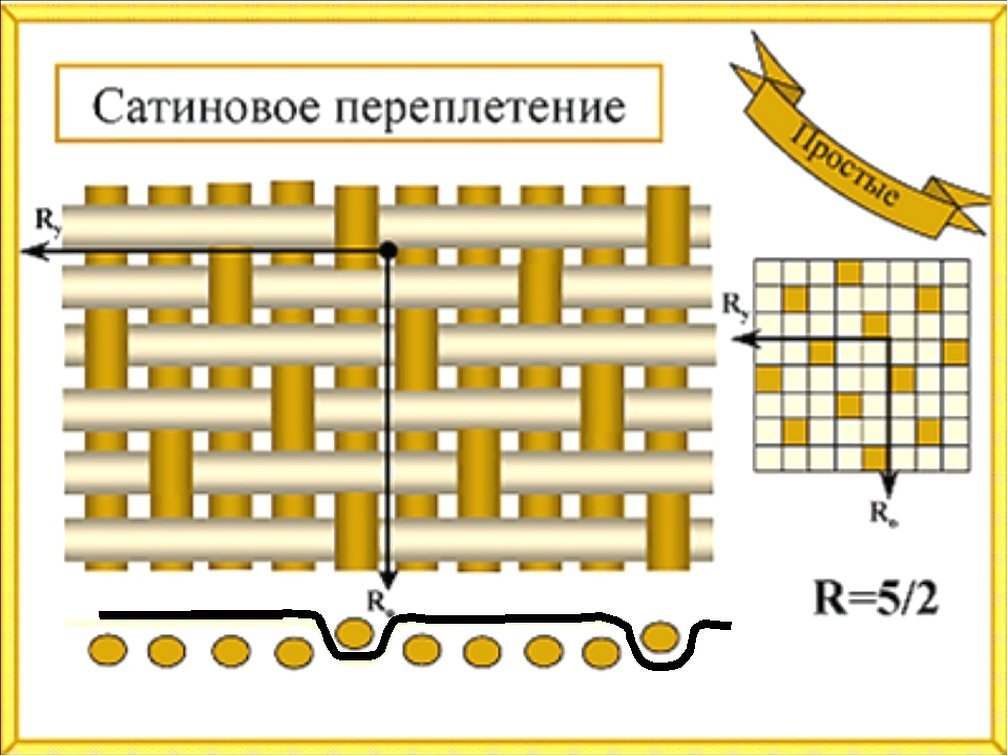
Varieties by density
The density indicator depends on the number of interwoven threads per 1 cm2 of fabric.
Satin comes in the following density:
- normal - 85-130 threads, to improve quality, such satin is mercerized or calendered (passed through heated rollers);
- printed satin - 85-170 threads, threads of different colors are used in the weave;
- printed - 85-170 threads, the design is applied to the finished product;
- jacquard - 170-220 threads, has a double-sided pattern made with a specific weave;
- Mako-satin - from 220 thin threads, very durable fabric of excellent quality.
Classification by fiber origin
Satin weaving can be used to make fabric from various fibers.
Differs in composition:
- cotton, made from natural cotton, sometimes called ecosatin;
- blended, made of cotton and polymer fibers;
- satin double, a fabric used for linings, can consist of several combinations of cotton and viscose threads;
- satin or silk satin, made of silk and cotton threads;
- crepe satin, made from cotton and silk threads, natural and artificial silk are used;
- Stretch satin is a crepe satin with lycra added for elasticity.
Please note! Another type of fabric is satin-twill, or polysatin. This is a mixed fabric of twill weave, similar in composition to certain types of satin, mainly cotton and polyester.
Many people are interested in what kind of fabric satin velvet is? It is a special fabric that is made from threads with pile. Here is such a warm option for winter.
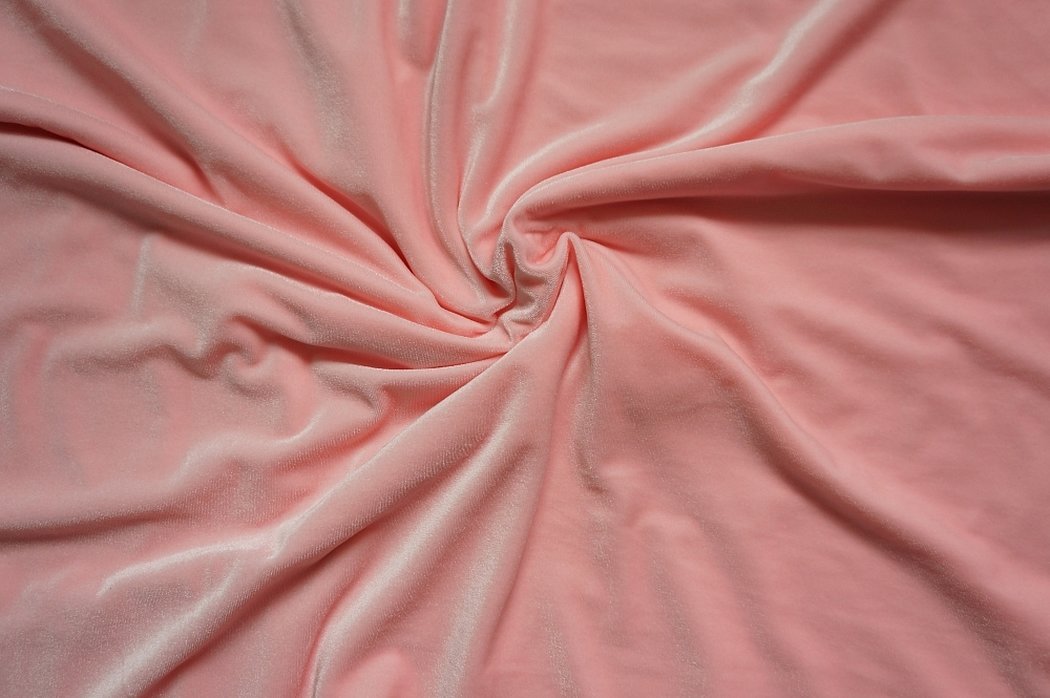
Classification by coloring method
According to the dyeing method, the fabric is of the following types:
- single-color - bleached or dyed uniformly;
- printed;
- stuffed;
- reactive printing on fabric, resulting in a 3D image;
- stripe satin - has one color tone, and the pattern includes stripes, made with partial use of jacquard weaving technique.
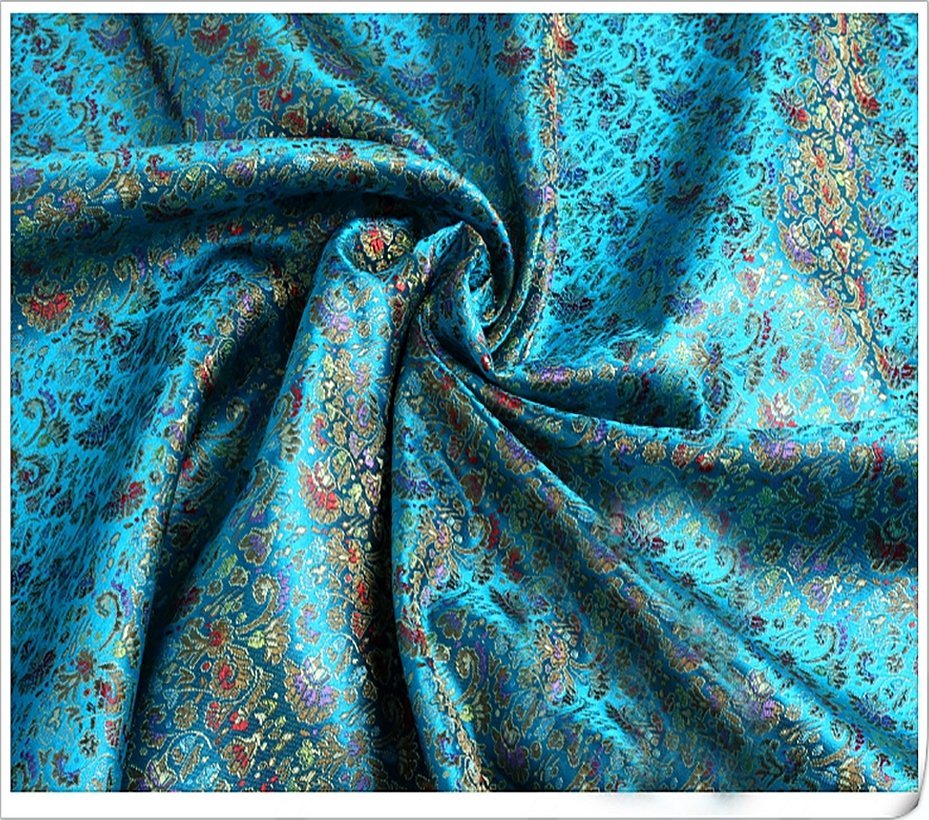
Care of products
To the great happiness of housewives, satin is not a capricious fabric. Bed linen will not lose its silkiness for a long time, and clothes will still delight the eye with bright colors.
The first wash of the product should be carried out based on the care instructions. All zippers and buttons should be fastened, and the garment should also be turned inside out. The washing temperature is usually set to 40°C, the "cotton" mode.
Caring for satin bed linen
Before the first use, it is necessary to wash. It is best to do this in the "cotton" mode at 40°C. In the future, for subsequent washes, it is allowed to set the temperature up to 90°C. It is also allowed to use a rinse aid. With it, the fabric becomes even softer.
Important information! Since satin practically does not wrinkle, you can avoid the tedious process of ironing for the whole day by carefully hanging the linen to dry. If you still want to smooth out the bed linen, you must remember that the temperature of the iron should not exceed 90 ° C. It is better to iron from the back side.
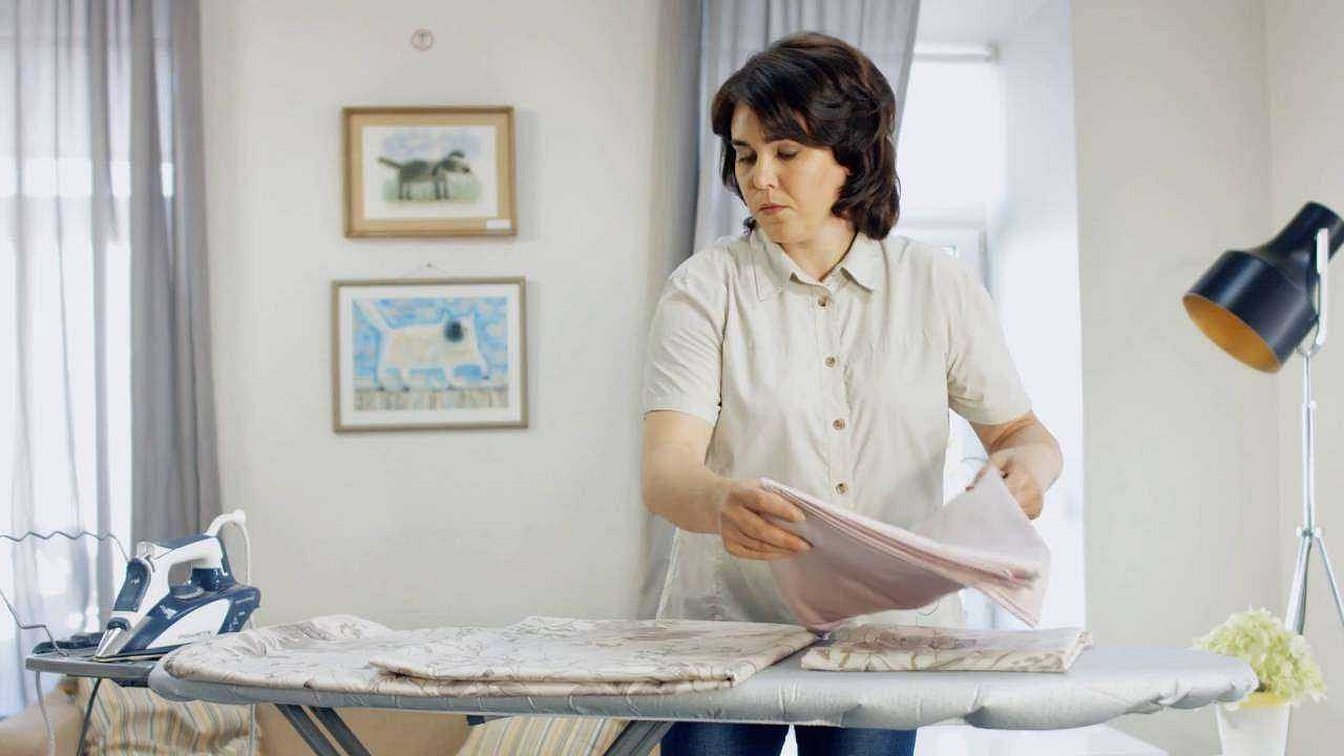
How to choose bed linen
When choosing bed linen, it is better not to skimp on convenience and comfort and choose a fabric with a natural composition of 100% cotton. For bedding sets, the best choice would be a material with a density of 130 threads per cm2. Since bed linen is in "everyday" demand, it is important to remember that the denser the fabric, the more durable and wear-resistant the product will be.
Important information! Before buying, be sure to unwrap the packaging and touch, squeeze, feel the fabric. It is also worth taking out one item, for example, a pillowcase, and holding it up to the light. A quality, solid item will only let through sunlight or bright electric light. If the outlines of objects are visible, then the material is not dense.
The structure should be uniform. If the label indicates mercerization, this is a strong argument for a positive decision on the choice. Smoothness, even silkiness of the fabric, is also a good sign. Roughness of the front side of the product indicates that the product will quickly roll, pellets will appear and the shine will disappear.
There are several types of fabric that are most often used to make bed linen.
Silk satin
This material is a unique combination of silk on the front side of the fabric and cotton on the back, without the addition of artificial fibers. The most durable fabric with a truly impeccable appearance, but also the most expensive of all types of satin.
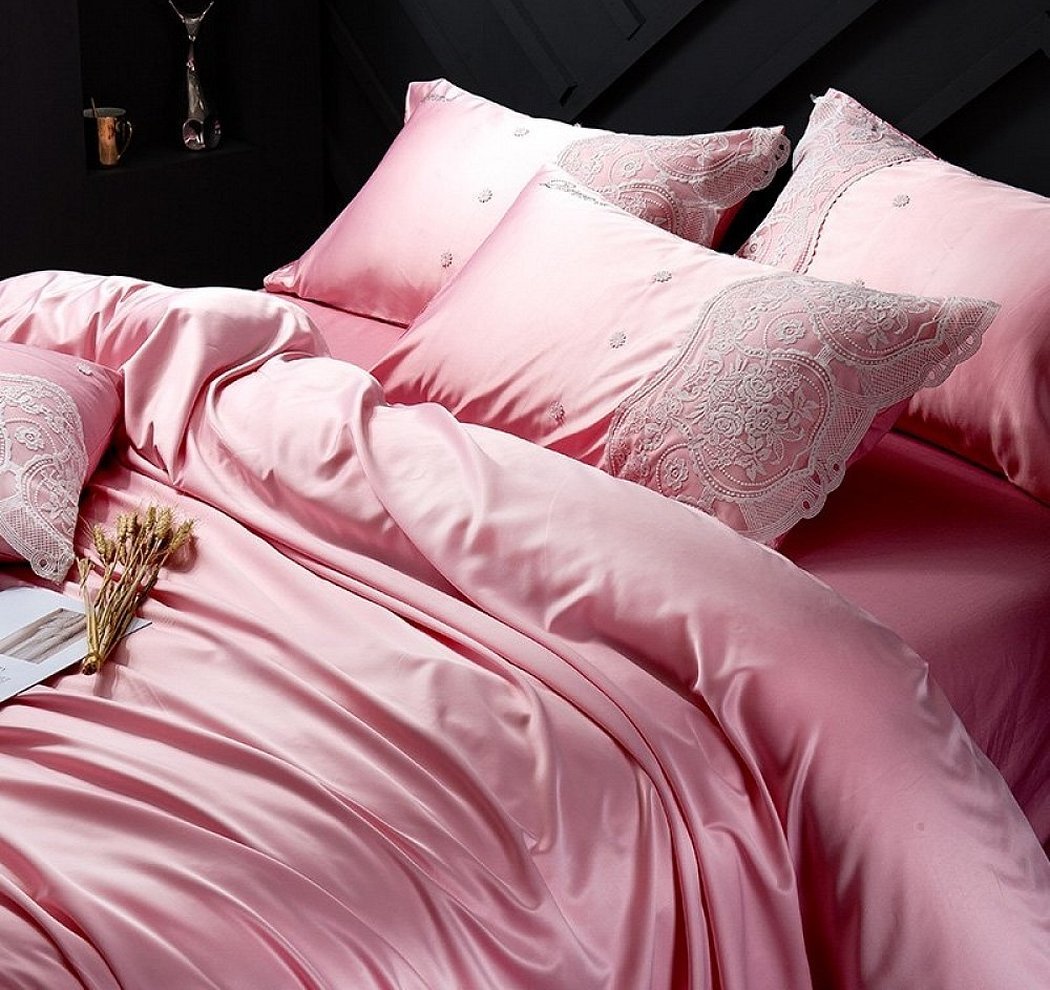
Printed satin
The thread density is quite high, up to 170 per cm2. On underwear made of such satin, the pattern is applied to the finished product, so the underwear looks especially elegant. Underwear with a 3D pattern is in great demand. It is obtained by applying an image to the fabric using reactive printing. It looks simply amazing!
Crepe satin
A material that contains silk, viscose or synthetic threads of a special crepe twist.
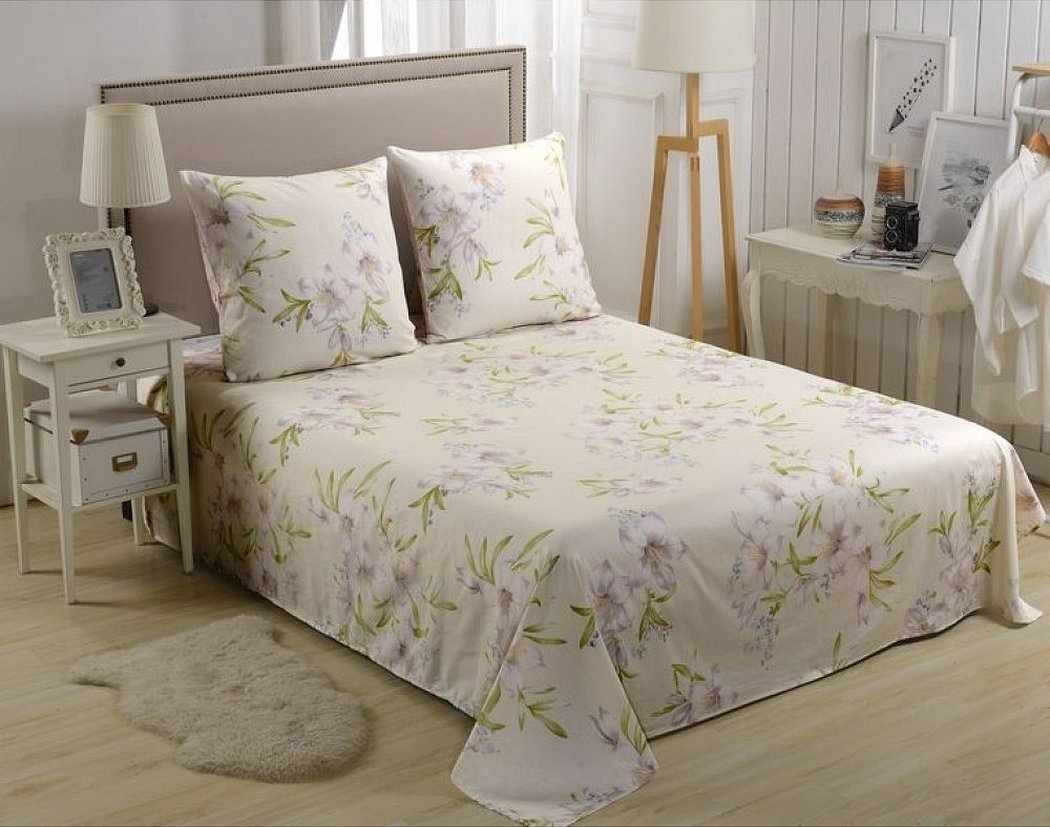
Advantages and disadvantages of bed linen
Its advantages include the following qualities:
- durability and strength - repeated washings practically do not deprive the laundry of its shine, smoothness and external attractiveness;
- washed items do not need to be ironed, but they need to be dried, carefully straightened out;
- softness, airiness and comfort for the body;
- does not slide on the mattress due to the matte and slightly rough surface of the back;
- retains heat well, which is especially pleasant in winter;
The disadvantages are not so numerous:
- higher cost (compared to other materials);
- very smooth fabric is still slippery, lying on it in silk pajamas will not be very comfortable;
- In the summer months, due to abnormally high temperatures, it is still hot to sleep on satin sheets.
Important! These disadvantages are rather relative, since high-quality material is more expensive for objective reasons, not everyone wears silk pajamas, and the concept of hot or cold has always been relative and subjective.
So, satin can be considered the ideal choice for sewing bed linen.

Comparison with other bed linen fabrics
Of course, other fabrics are also used for sewing bed linen. But such linen has different properties and quality characteristics.
Calico
Bed linen made of calico is distinguished by its low price. But at the same time, it has a shorter service life and less durability due to the significantly lower density of the fabric. This is due to the simple weaving of the threads.

Percale
Very dense fabric, does not let down and feathers through. Pleasant to the touch, cool. But there is an external drawback - there is no gloss for which satin is so appreciated.
Ranforce
A relatively new guest on the domestic bed linen market. Manufacturers claim that this is "improved calico". Dense material, does not roll, withstands washing well. It even has a pleasant shine, due to the mercerization process. But it does not have a gloss.
Reviews
Russia, Pskov, Irina, 28 years old:
"I always bought regular cheap bed linen, without even thinking about what it was made of. But one time I came across a set with an amazing 3D pattern - an image of a night city. In the store, I studied the description on the label and realized that from now on I would only buy such linen, and before that I didn't even know what satin looked like. Now I looked at it up close and felt the difference! Sleeping on it is a pleasure."
Russia, Saint Petersburg, Nina, 45 years old:
"For the housewarming they gave me a gift - bed linen and jacquard curtains to match. The bedroom looks like it's on the cover of a magazine. And how cozy and homey. I'm very happy with the gift!"
Russia, Nizhny Novgorod, Elena 33 years old:
"I always choose only satin bed linen. In the store, I study the labels to understand whether it is satin or not. I really like its silkiness and shine. Calico, in comparison, quickly becomes unusable. It is uncomfortable to sleep on it, these pellets accumulate everywhere."
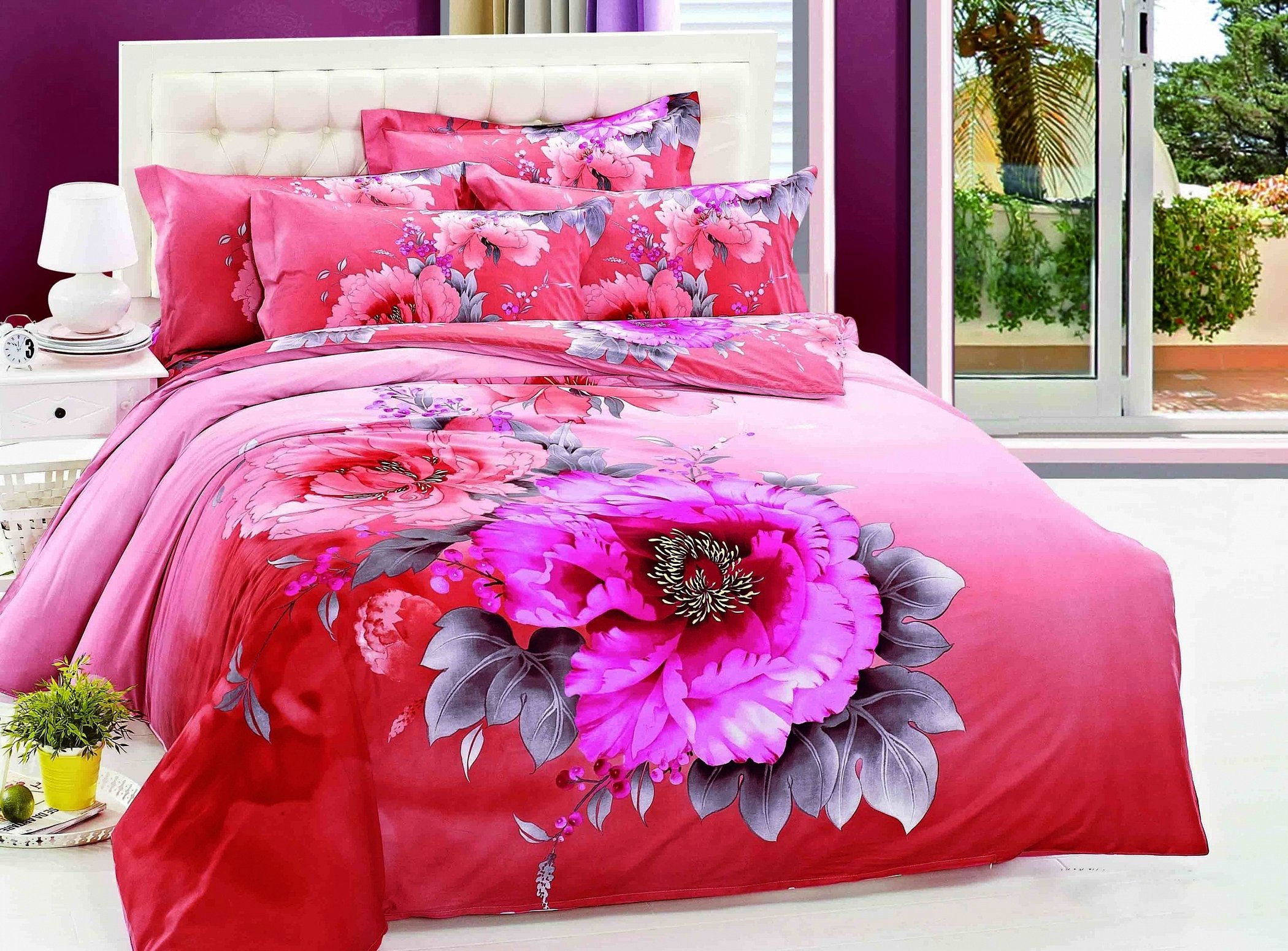
This amazing material from the past has not lost its appeal, it is still in demand. And given the new manufacturing and painting technologies, as well as the use of innovative materials in the composition, we can hope that it will serve people for many years and even centuries. Surprisingly, ceramic tile manufacturers have even begun to produce wall cladding products with an imitation of a satin weave pattern.




